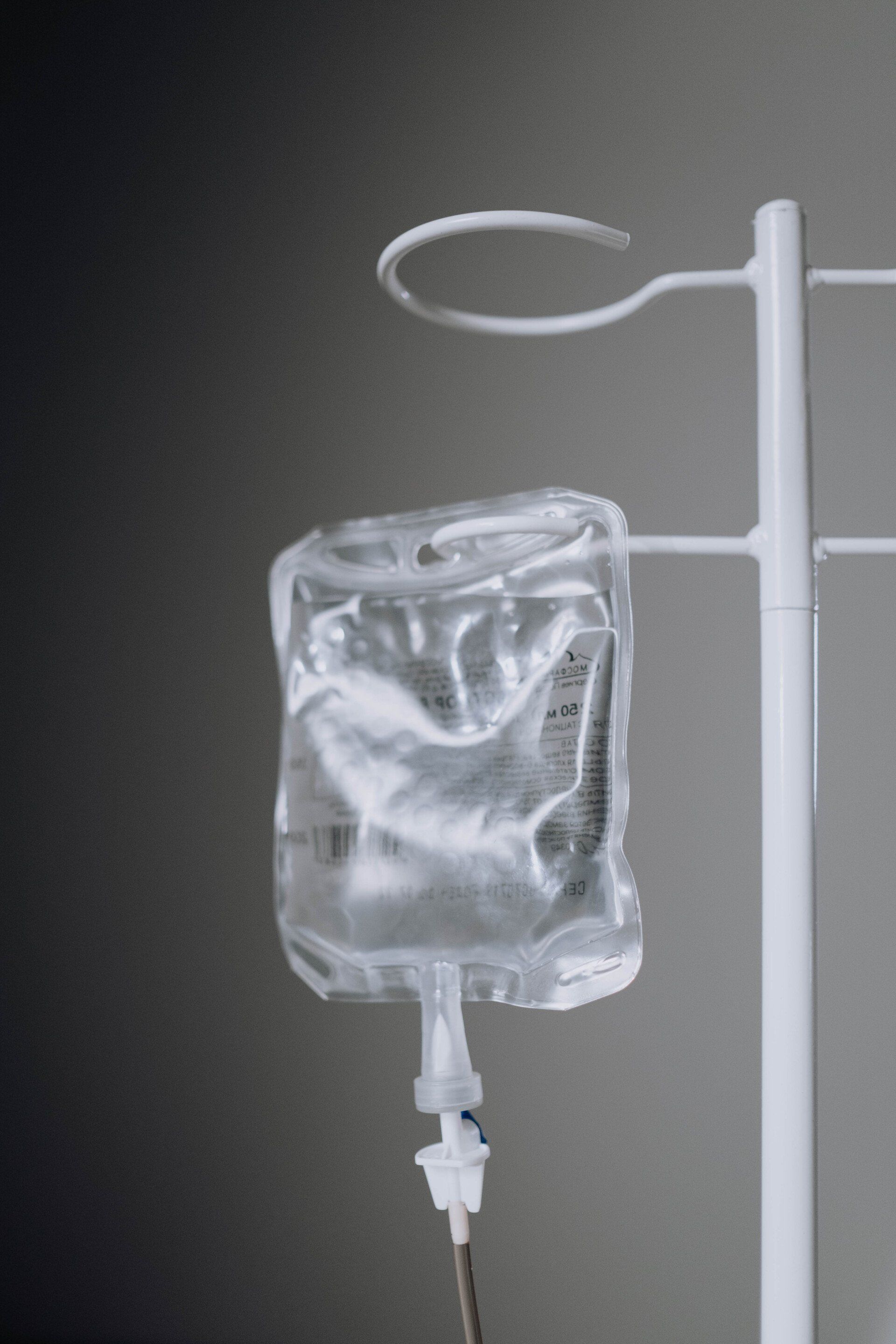wUrthy Health Clinic SERVICES
wUrthy Health Clinic is all about offering advanced and effective health care solutions for school-aged children to the mature.
Medication and Supplement Use
We provide safe medication and supplement guidance to help you heal and guide you on how to use it.
A Provider You Can Trust!
A provider that takes pride in helping others while building long lasting relationships and advocating for her patients.
We offer a wide range of services:
- Wellness/physical exams
- Sports physicals
- Well women exams including routine pap-smears and breast exams
- Scheduled urgent visits
- Hormone education/testing
- Autoimmune disease management/testing
- Supplement/Vitamin Injections and IV Nutrition
- Non-surgical weight-loss
- Cosmetic Injections- coming soon
- Specialty lab testing

Supplement and vitamin injections offer a range of benefits including enhanced
absorption, higher dosage capabilities and reduced gastrointestinal issues. It is a
valuable option for individuals seeking
optimal nutrient delivery or those with
digestive limitations.
It is crucial to seek guidance from a qualified healthcare professional before considering any vitamin or supplement injections. They can assess individual health status, evaluate potential risks and provide personalized
recommendations based on specific needs and circumstances.
Infection: Any injection carries a risk of infection, including vitamin or supplement injections. If proper techniques are not followed or if contaminated equipment is used, there is a potential for bacterial or fungal infections at the injection site.
Allergic Reactions: Some individuals may have allergies to specific vitamins, minerals, or other components present in the injection solution. This can lead to allergic reactions ranging from mild symptoms like itching or rash to severe reactions such as difficulty breathing or anaphylaxis.
Tissue Damage or Irritation: Improper injection technique or repeated injections in the same area can cause tissue damage or irritation. This can result in pain, swelling, bruising, or the formation of lumps or nodules at the injection site.
Overdose or Imbalance: Administering high doses of certain vitamins or supplements through injections can potentially lead to an overdose or imbalance in the body. Some vitamins, such as fat-soluble vitamins (A, D, E, and K), can accumulate to toxic levels if not properly monitored.
Drug Interactions: If a person is taking other medications or supplements, there is a risk of interactions when adding vitamin or supplement injections. These interactions can interfere with the effectiveness or safety of both the injection and the
other medications being taken.
Lack of Scientific Evidence: While some vitamin or supplement injections are widely used and popular, their efficacy and safety may not always be supported by robust scientific evidence. It is essential to thoroughly research and consult with a healthcare professional before opting for any specific injection to ensure it is appropriate and safe for individual needs.
Coming Soon
Coming Soon

IV nutrition offers a range of benefits including enhanced absorption, higher dosage capabilities and reduced gastrointestinal issues. It is a valuable option for individuals seeking optimal nutrient delivery or those with digestive limitations.
It is crucial to seek guidance from a qualified healthcare professional before considering any vitamin or supplement injections. They can assess individual health status, evaluate potential risks and provide personalized recommendations based on specific needs and circumstances.
They can provide guidance and monitor the effectiveness and safety of the injections for optimal health benefits.
- Bypassing Digestive Issues: IV nutrition is not affected by stomach or intestinal diseases, as the nutrients are directly administered into the bloodstream. This allows individuals with digestive disorders to receive essential nutrients without the risk of malabsorption or gastrointestinal discomfort.
- Maximum Absorption: When nutrients are delivered intravenously, the entire amount of the infusion enters the bloodstream and becomes readily available to the tissues. Unlike oral intake, where some nutrients may be lost during digestion and absorption, IV nutrition ensures optimal absorption and utilization of nutrients.
- Higher Dosages: IV administration allows for higher doses of nutrients to be given compared to oral intake. This is especially beneficial for individuals who require increased nutrient levels due to underlying health conditions or higher metabolic demands. IV therapy enables the safe and effective delivery of therapeutic doses that may not be possible through oral supplementation alone.
- Minimized Intestinal Irritation: Some individuals may experience gastrointestinal irritation or discomfort when taking high doses of nutrients orally. IV nutrition bypasses the digestive system, reducing the risk of intestinal irritation that can occur with oral supplementation. This is particularly important for individuals with sensitive digestive systems or those unable to tolerate oral intake.
- Discomfort, bruising and pain at the site of injection
- Inflammation of the vein used for injection, phlebitis, metabolic disturbances and injury
- Severe reaction, anaphylaxis, cardiac arrest or death
Coming Soon
Coming Soon

Coming Soon!
2025 Competitive Weight Loss Pricing List for Semaglutide and Tirzepatide
Semaglutide
Weekly Injection Prices Tirzepatide
Weekly Injection Prices
0.25 mg: $120/week (5 units)
2.5 mg: $125/week (10 units)
0.5 mg: $130/week (10 units)
5 mg: $145/week (20 units)
1.0 mg: $140/week (20 units)
7.5 mg: $165/week (30 units)
1.75 mg: $155/week (35 units)
10 mg: $185/week (40 units)
2.5 mg: $175/week (50 units)
12.5 mg: $205/week (50 units)
15 mg: $225/week (60 units)

Coming Soon!

Trigger Point Muscle Injections
Experience relief from myofascial pain with the remarkable technique of Trigger Point Injections (TPI).
This highly effective procedure targets those tight knots, known as trigger points, within your muscles by involving injections of local anesthetic to induce relaxation.
Trigger Point Muscle Therapy
Trigger Point Muscle Therapy is favored for the treatment of pain disorders and other painful conditions caused by knotted muscles, known as trigger points. Because the injections are minimally invasive they offer a range of advantages, including quicker recovery times, lower risk of infection and complications, minimal scarring and the ability to be performed as an outpatient procedure.
During a trigger point injection procedure, a small needle is carefully inserted into the specific problem area where the muscle knots are most severe. The injection itself consists of a combination of a local anesthetic, saline and sometimes an anti-inflammatory medication.
The purpose of the injection is to deactivate the trigger point and provide relief from pain. Typically, a short series of treatments leads to lasting relief. The injections are quick and usually only take a few minutes to administer. In some cases, multiple trigger points may be treated in a single visit.

What happens during the procedure?
During a trigger point injections procedure, a healthcare professional carefully applies pressure to a trigger point in order to observe muscle twitches and assess the patient's pain. This can be done using either their hand or a specialized device. The purpose of this examination is to help the provider identify the specific muscles that are causing pain and could potentially benefit from injections.
Once the painful area has been pinpointed, the practitioner uses a small needle to inject medications directly into the trigger point. Common treatment areas include the arms, legs, lower back, and neck. Typically, these injections consist of a local anesthetic to numb the area and a synthetic steroid to reduce inflammation. By working together, these medications help alleviate the pain and disperse the trigger point.
Normally, a short series of trigger point injections provides long-lasting pain relief. The injections are administered in the doctor's office and only take a few minutes to complete. Multiple trigger points may be treated in one session.
Possible Risks
Like any medical procedure, trigger point injections are not without risks. There are potential complications that can arise from complications such as:
1. Pain: Some patients may experience temporary discomfort or pain at the injection site.
2. Bleeding: In rare cases, there may be minor bleeding at the injection site.
3. Infection: Although uncommon, there is a risk of infection at the site of the injection. This risk can be minimized by following proper sterile techniques.
4. Allergic reaction to the anesthetic agent: Some individuals may have an allergic reaction to the local anesthetic used during the injection. It is important to screen patients for any known allergies before proceeding with the treatment.
5. Systemic anesthetic toxicity: In very rare cases, the local anesthetic can be absorbed into the bloodstream and cause systemic effects, such as dizziness, confusion, or seizures.
6. Formation of a hematoma: There is a small risk of hematoma formation, which is a collection of blood under the skin at the injection site.
7. Vascular injury: Although uncommon, there is a risk of injury to blood vessels during the injection procedure. Proper technique and knowledge of anatomical structures can help minimize this risk.
It is important to note that complications such as pneumothorax (a collapsed lung) are rare but have been reported, particularly when treating trigger points in the cervicothoracic region.
While this is an extremely rare occurance, there has been a reported case of severe hypokalemic paralysis following trigger point injections.
There are certain instances in which trigger point injections may not be suitable. These instances can be categorized as absolute contraindications
and relative contraindications.
Absolute contraindications are situations in which trigger point injections should never be performed. These include:
- Cases where the patient explicitly refuses the treatment
- If there is an active infection directly over the site of the trigger point
- If there is a local open skull defect
- If the trigger point cannot be safely accessed using a needle.
Relative contraindications are situations in which caution should be exercised before proceeding with trigger point injections. These include:
- Patients who are currently taking anticoagulation medications
- Pregnant patients
- Patients whose anatomical landmarks are indistinguishable, making it difficult to accurately locate the trigger point.
- Individuals with severe fibromyalgia
- A history of keloid formation
- Poorly controlled psychiatric disorders, or patients who experience high levels of anxiety or have a strong fear of needles.
**It is also important to avoid using local anesthetics in patients who have known allergies to them.
Coming Soon

